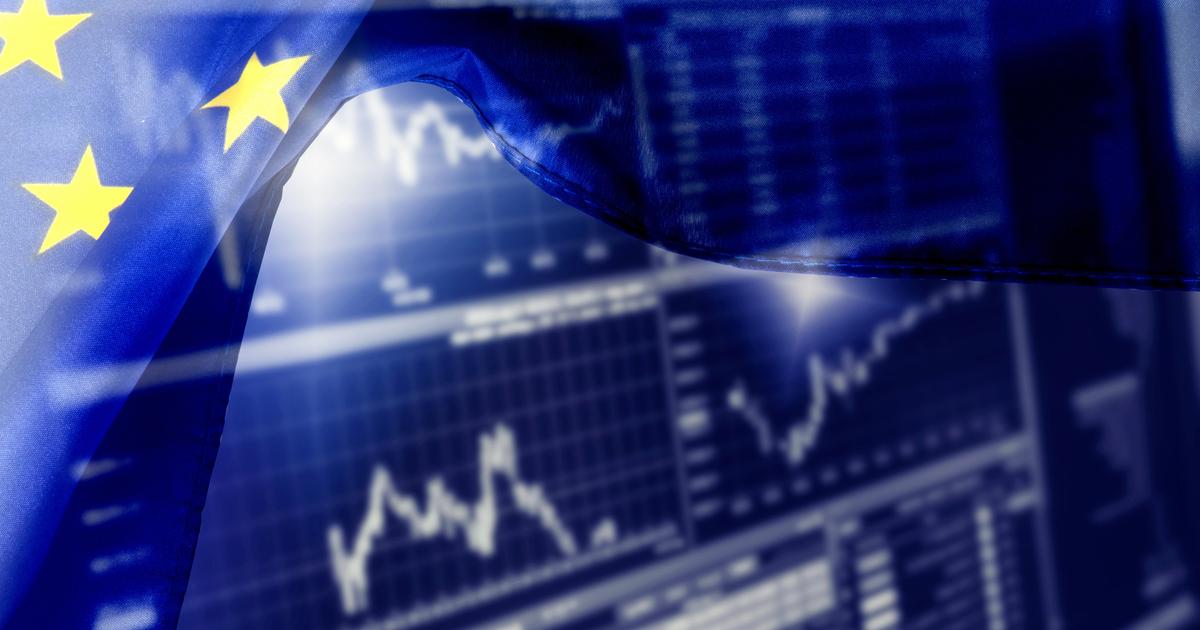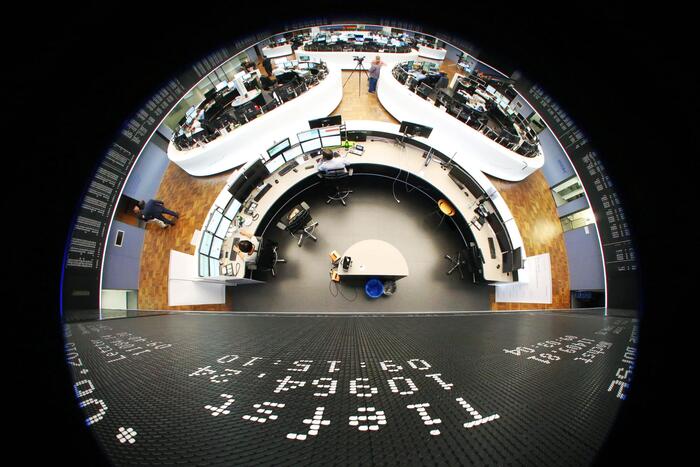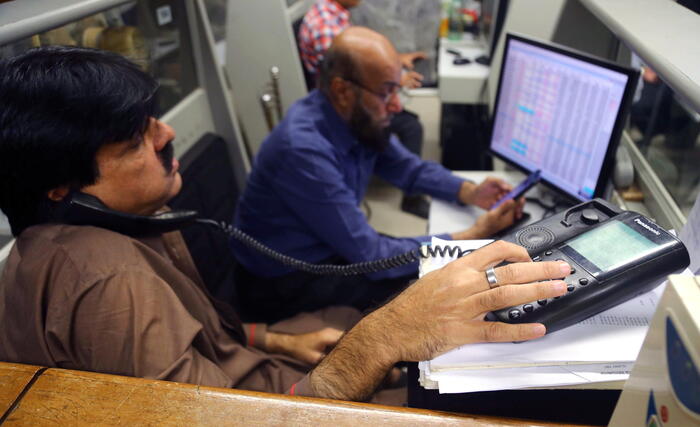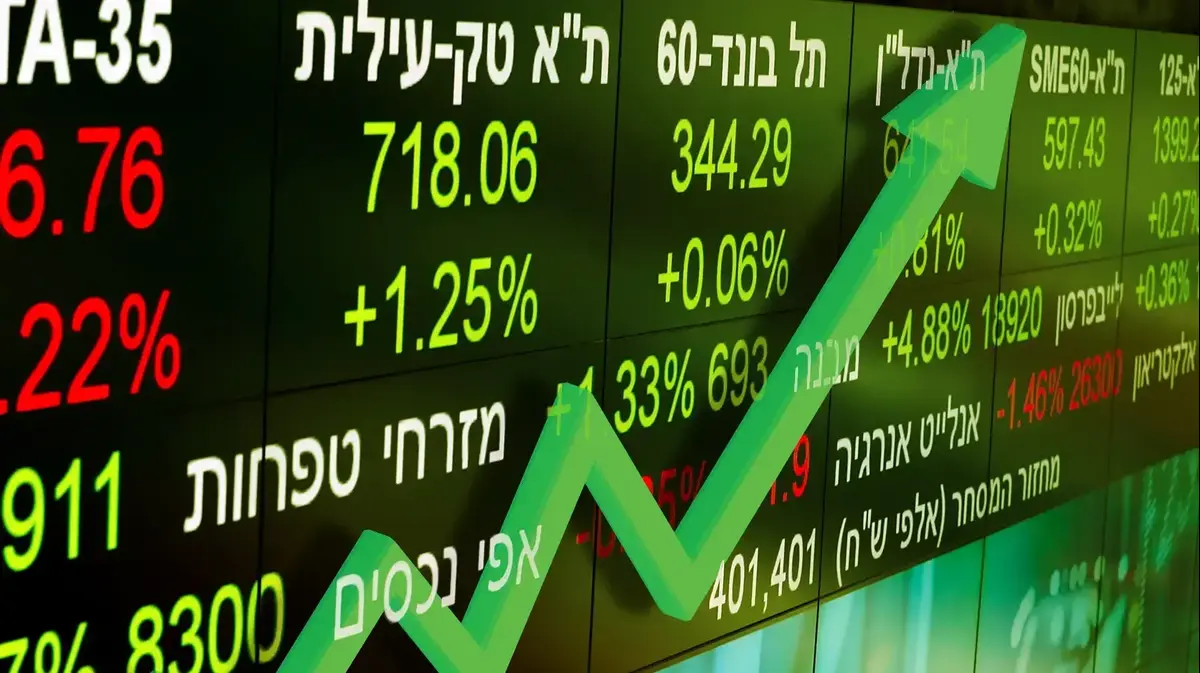Enlarge image
Frightening: This time it wasn't the brave "
Fearless Girl
" that scared investors, but fears of further rate hikes
Photo: ANGELA WEISS / AFP
The unexpectedly high inflation in the US caught investors by surprise on Tuesday evening: The Dow Jones Industrial fell by almost 4 percent, the broader S&P 500 by 4.3 percent and the tech-heavy Nasdaq 100 even dropped by a whopping 5.5 percent.
After days of recovery, the mood changed abruptly.
Commerzbank spoke of a "sell everything day" - a day on which investors shy away from risks and sell across the board.
In Germany, too, the leading index Dax reacted with significant losses to the latest data from the US Department of Labor.
The agency previously said that the inflation rate for goods and services fell slightly to 8.3 percent from 8.5 percent in August.
However, investors had expected a value of 8.1 percent.
This was an unmistakable sign for the market: the significant interest rate hikes by the US Federal Reserve (Fed) in the fight against inflation are not yet having the desired effect.
The prospect of another sharp rise in interest rates scared investors, who had reckoned that the days of sharp interest rate hikes were over.
Inflationary pressures eased
Many investors had recently seen a number of signs that inflation was weakening and the central bank could abandon its strict stance.
For example, the much-noticed fuel prices had fallen 91 days in a row since their peak in June.
This was also noticeable in the inflation rate in August, with fuel prices falling by 10.6 percent compared to the previous year.
In addition, prices also fell in other segments that had fueled inflation recently.
This applied, for example, to the prices on the used car market.
According to the Fed, inflation expectations also eased noticeably.
Households in the US were only expecting a rate of 5.7 percent this year (previously 6.2 percent).
The expectations for inflation in three and five years also developed downwards.
At the same time, concerns about the US economy have recently increased.
The US Department of Commerce had to announce another decline in gross domestic product for the second quarter.
The US economy thus slipped into a so-called technical recession.
Investors believed that the Fed will therefore moderate its drastic course of large interest rate hikes.
Higher interest rates weigh on corporate investments, the real estate market and new car purchases.
In its most recent economic report, the Fed itself came to the conclusion that the US economy is heading for difficult times due to high prices and a lack of labour.
The prospects are weak and are likely to continue to cloud over in the coming year, according to the so-called Beige Book of the US Federal Reserve.
Core inflation continues to rise
And so on Tuesday everything turned out differently than expected.
The inflation rate fell compared to the previous month, but not as much as investors had hoped.
Because some other components of inflation proved to be surprisingly persistent:
In August, households in the USA had to spend around 6.7 percent more money on their apartments than in the previous year.
That was the highest increase since 1986.
Food prices rose 13.5 percent over the same period – the highest increase since 1979.
Electricity cost almost 16 percent more.
Expenses for medical care even increased by a whopping 24 percent.
Core inflation, which is so important for the course of the US Federal Reserve, which ignores volatile energy and food prices, continued to rise despite the decline in headline inflation and was surprisingly 0.6 percent higher in August than in the previous month.
At the same time, the economy is weakening, but is still surprisingly robust.
This suggests that inflation could be much more persistent than previously thought.
According to John Authers from the Bloomberg business service, this describes exactly the problem: "Investors had adjusted to the fact that inflation had passed the turning point and now - as so often in the past - the next stock rally would begin."
But nothing will come of it for now.
The disappointment among investors was correspondingly great, which also explains the violent market reaction.
The US Federal Reserve is now likely to raise interest rates by a further 0.75 percentage points on September 21st.
This would put the key interest rate in a range of 3.00 to 3.25 percent.
Even a rate hike of a full percentage point is conceivable.
Investors must therefore continue to wait for the inflation turning point, as US President Joe Biden (79) made clear again on Tuesday evening: "There is progress in the fight against inflation - but it will take more time and determination to lower inflation. "



/cloudfront-eu-central-1.images.arcpublishing.com/prisa/O3URHWIQOUAJHPGYUFW2ZWAF2I.jpg)











/cloudfront-eu-central-1.images.arcpublishing.com/prisa/GP2ZXWJRROQQUNBAGJPH3WIOVQ.jpg)